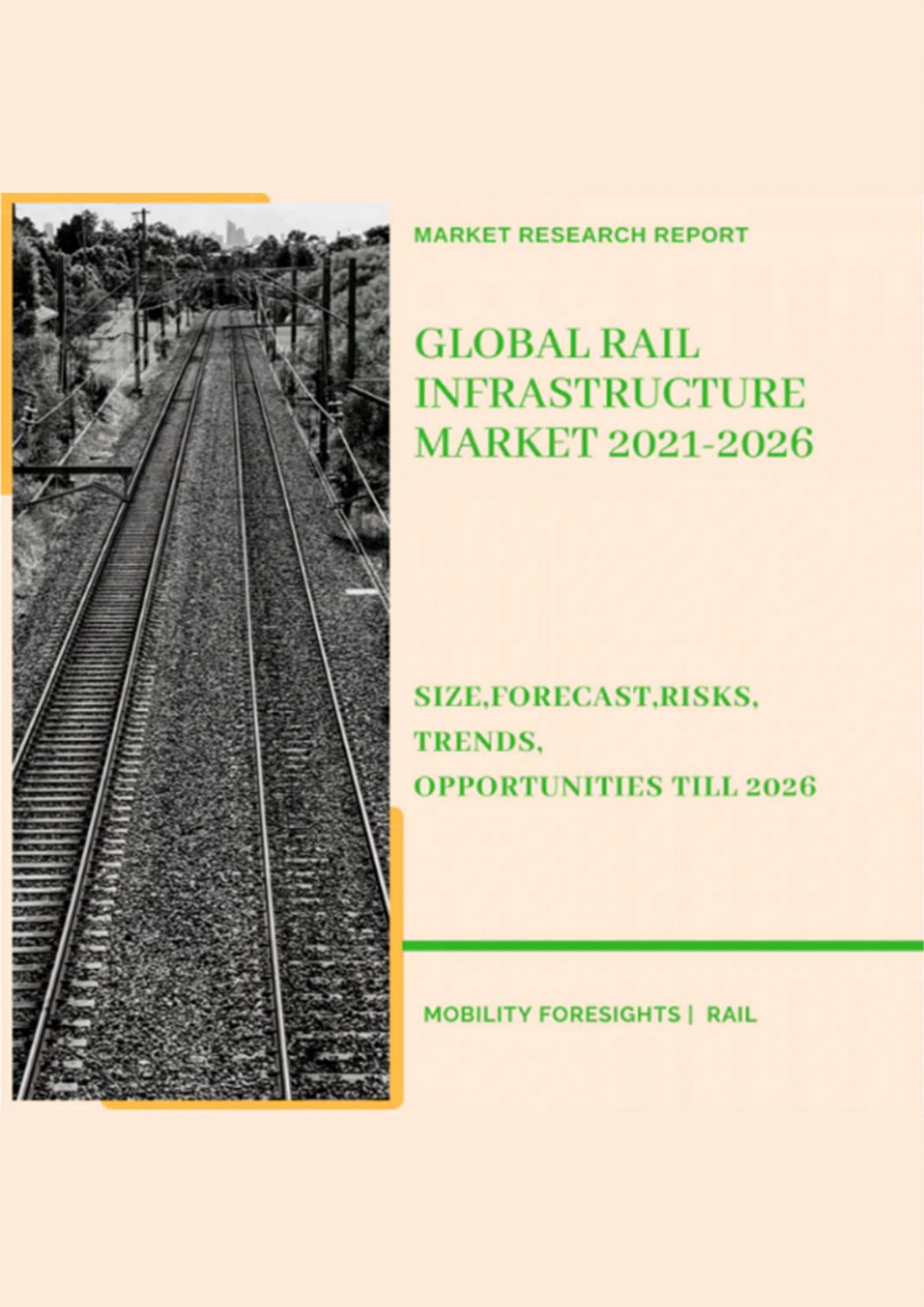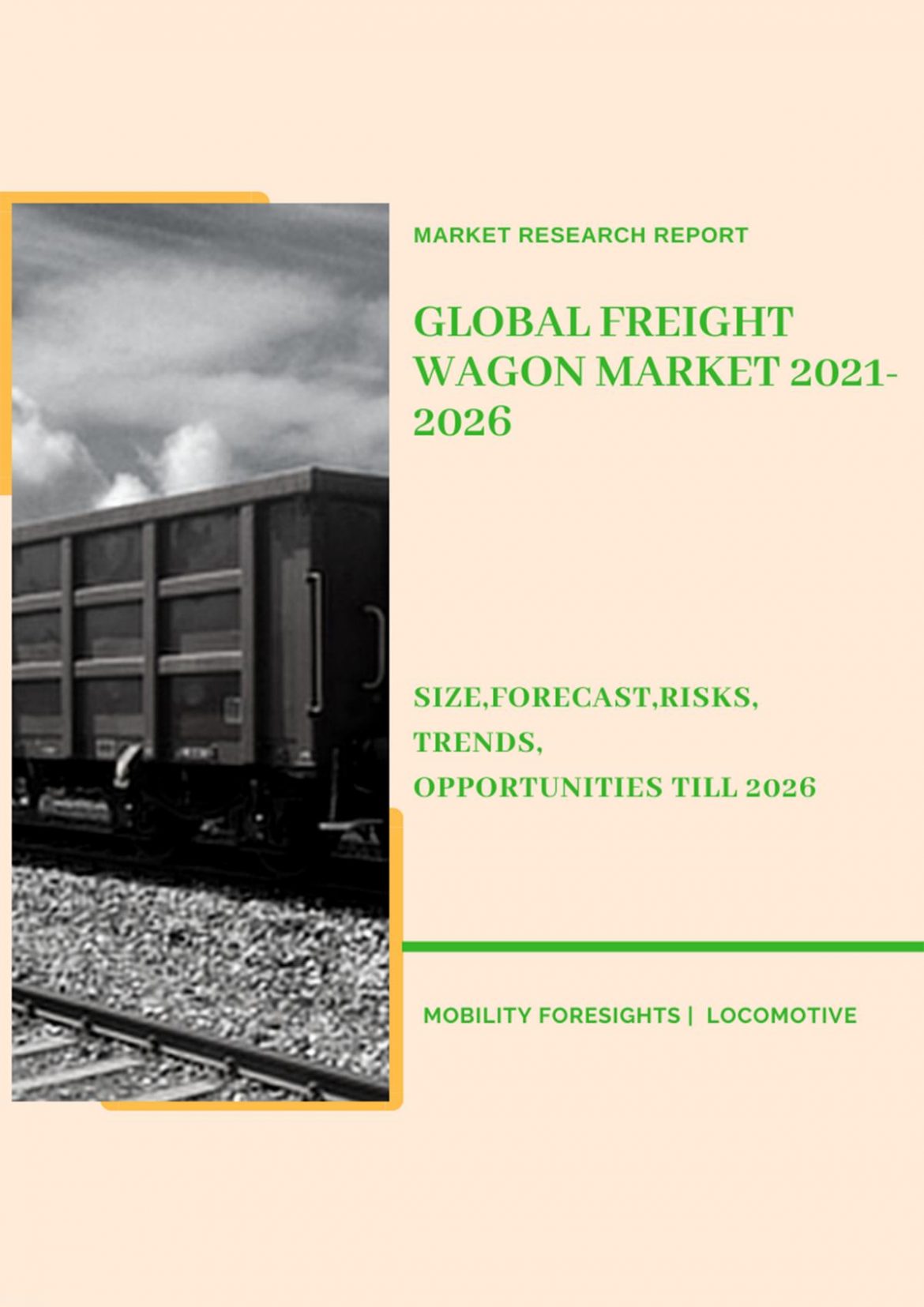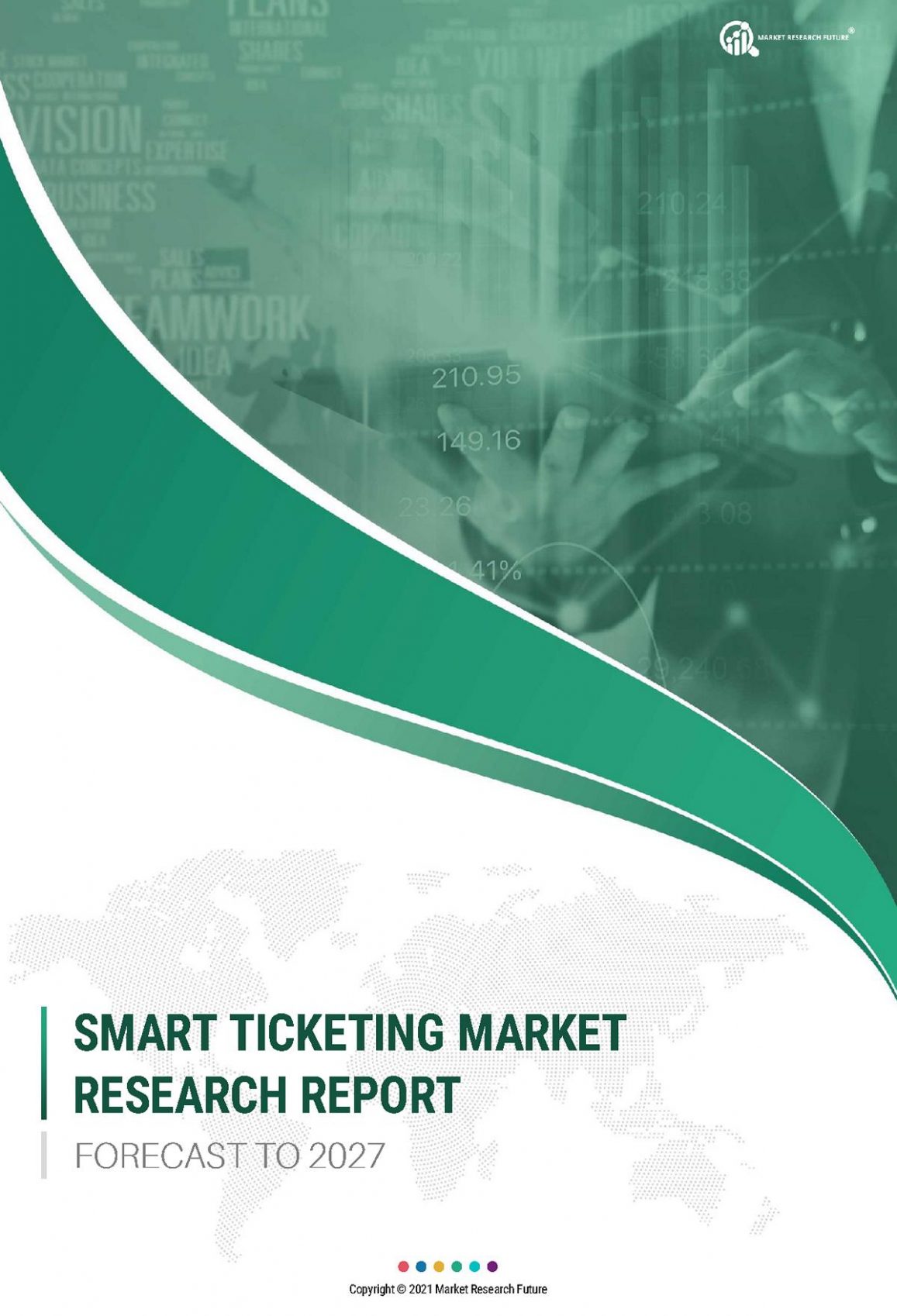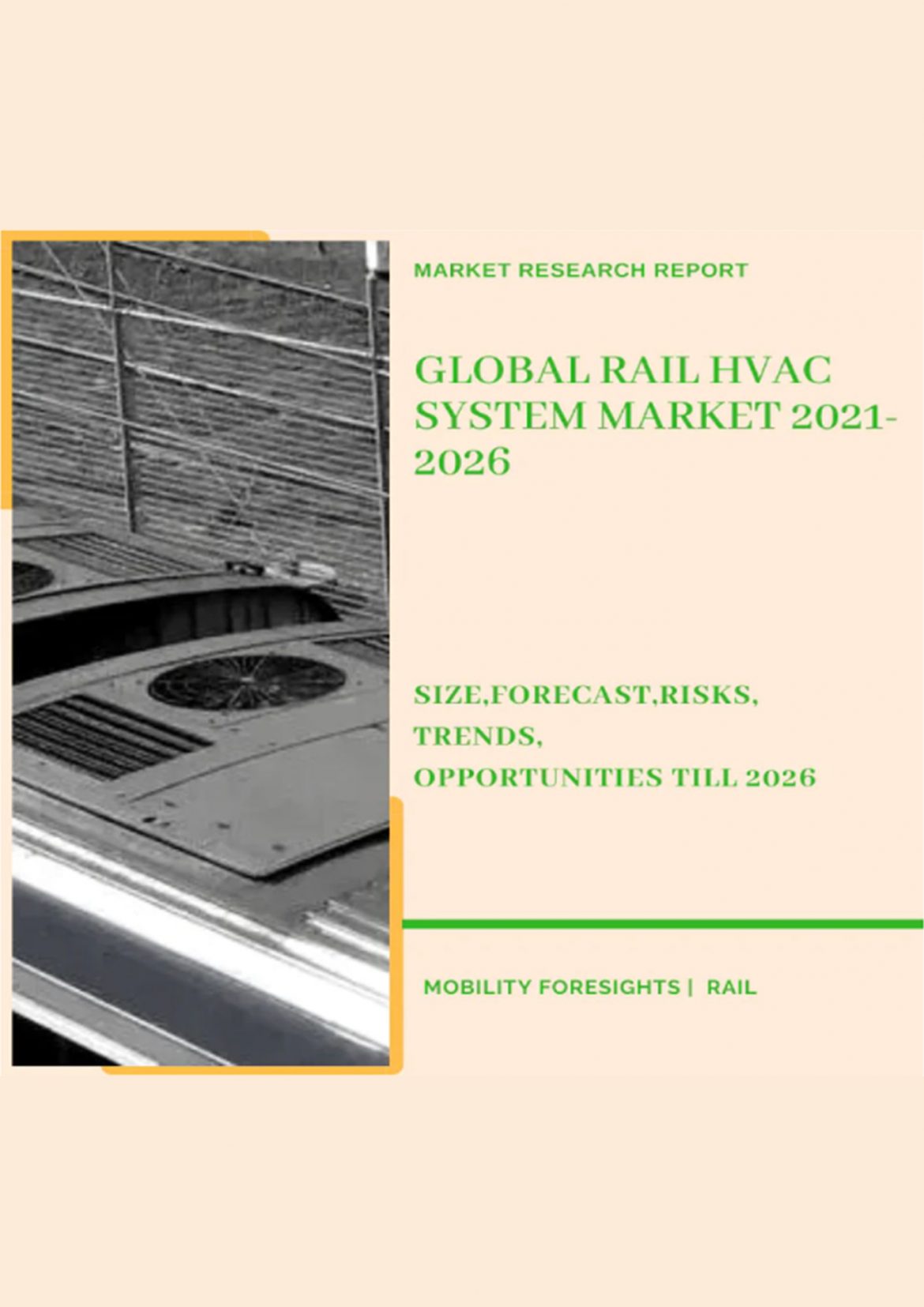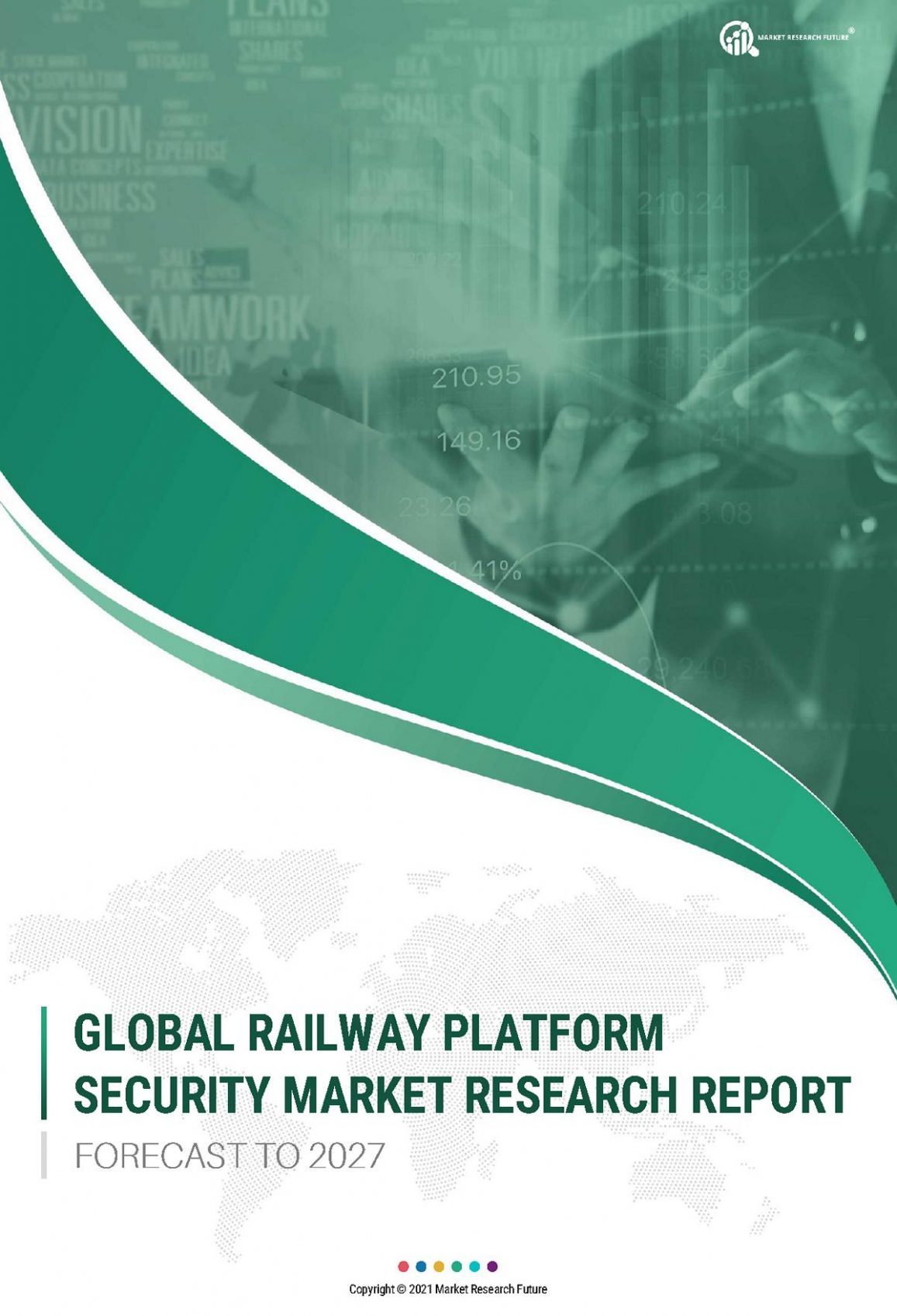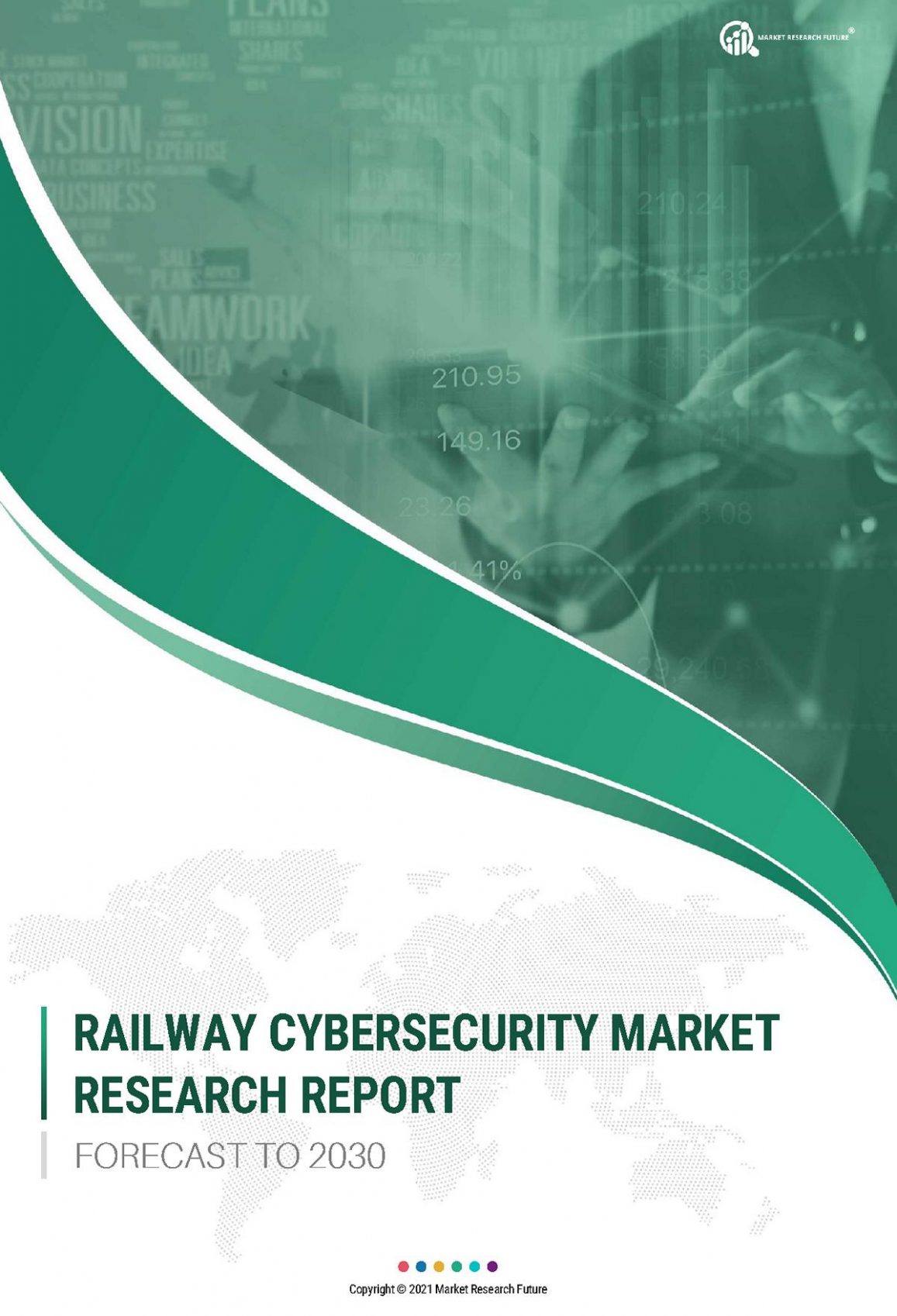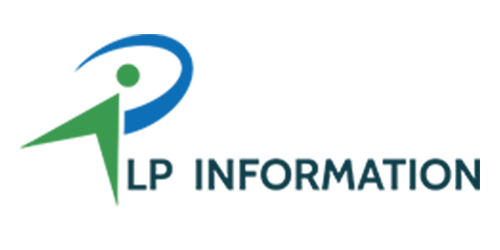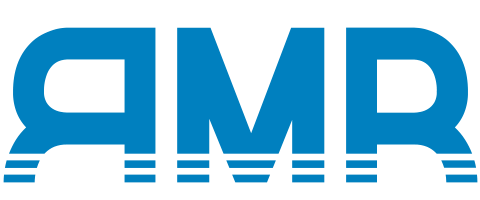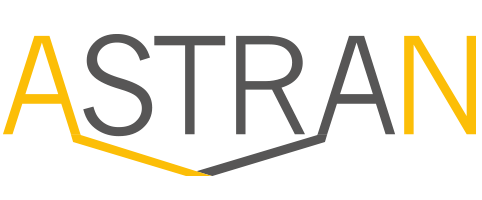Description
INTRODUCTION – Global Rail Infrastructure Market 2021-2026
Railways are an integral part of the lifeline of a country’s economy. The infrastructure of railways, thus, lays a foundation that supports the entire rail transport system. The rail infrastructure includes all buildings, structures, land and equipment which are put in use to support rail lines.
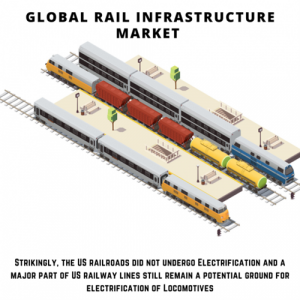
The railway system drives the social as well as economic development of a country. Globalization has created an immense need for transportation of goods and people and therefore, it becomes important to develop the infrastructure associated with railways. The popularity of rail transportation is also because of its more efficient travelling mode for moving goods.
A huge amount of capital is invested in infrastructure projects by governments as well as private entities. Not only this, due to the population increase, a natural demand for better railway infrastructure is generated. Since, it is necessary in present times to take environment into consideration, electrification of rail networks is one of the popular initiatives undertaken by various countries around the globe.
GLOBAL RAIL INFRASTRUCTURE MARKET DYNAMICS
Some of the major driving factors responsible for the push of this market are listed below:
- Increased demand for transportation due to globalization and urbanization as well.
- Increase in world’s population.
- Rapid transport infrastructure aging.
- Investments by private as well as governments for developing the rail infrastructure.
- Increased need for efficient and faster transportation.
On the other hand, some of the noticeable restraining factors hindering the market growth are surging fuel prices and shrinking resources which have led to green transport popularity in many countries. Also, the competition for faster modes of travel like airplanes can hinder this market’s growth.
The market is mainly divided into two types: Based on infrastructure and the basis of type. Based on infrastructure, the market is segmented into rail networks and others. By type, the rail market is divided into Railroad Cars, Rapid Transit, and Locomotive. Locomotives are put in use to haul passenger and freight cars for long-distance transport. Metros and light rail vehicles are put in use for intra-city and intercity transportation.
Currently, according to data published by various governments, there is still a huge scope for electrification of railway lines. India has only reached half of its capacity in electrification of railway lines while countries like China and Russia have electrified two-thirds of their railway lines to date. Governments in countries like India are aiming to completely electrify the rail networks in the upcoming decade.
Strikingly, the US railroads did not undergo Electrification and a major part of US railway lines still remain a potential ground for electrification of Locomotives. Europe, on the other hand, is majorly transitioning from diesel run locomotives to electrified trains. Switzerland is the only European country where all railway lines are electrified. Statistics indicate somewhere a little more than half of all European rail networks have been electrified.
GLOBAL RAIL INFRASTRUCTURE MARKET SIZE AND FORECAST
Geographically, the rail infrastructure market can be divided into North America, Latin America, Europe, Asia Pacific, and Middle East Africa. Within the Asia Pacific, developing countries like India, China, South Korea, and Japan offer the most promising outlook for growth opportunities in this market. These are also the countries with high population and therefore OEM from all over the world are eager to invest in this region. The increased urbanization and technological advancements in the rolling stocks are responsible for the expansion of rolling stock infrastructure in the Asia Pacific region.
North America has also witnessed a notable growth rate in this market, specifically for rapid transit vehicles and locomotives, impacting this industry positively. In Europe, stringent fuel economy regulations are expected to drive this market forward, as it will push the research to develop renewable energy use through new fuel and propulsion systems.
The transportation industry faced a severe hit during the outbreak of Covid-19. The enforcement of lockdowns all over the globe negatively impacted the transportation sector. The financial condition of various rail operations is unstable still because even after the lockdowns being lifted, people prefer to choose a private vehicle for traveling rather than a public transport service. This situation leads to a lack of funds for operations and future investments as well. The lack of funds is because of protocols like Social distancing which results in decreased ticket revenue.
Investment in rail infrastructure will suffer significantly more than the spending on new vehicles. The high investment cost attribute of this market and resulting project delays show that the market is expected to have little growth in the forecast period.
COMPETITIVE LANDSCAPE
This market, as stated earlier, is highly capital intensive and thus requires huge support from the government’s end. Because of the growing demand for metropolitan region transport, the government is expected to invest heavily in developing the support infrastructure to accommodate this demand.
The CSR corporation owns the market in China because of its strong presence and established manufacturing capabilities in its domestic market. Merger with the CNR Corporation will further pronounce its manufacturing strength.
Bombardier Transportation has a huge network in manufacturing for intercity and intracity transportation requirements. This characteristic helps the company to manufacture application-specific materials. Because of the increasing demand for existing population travel needs the company, because of its comprehensive involvement, is expected to derive profitable shares in the market in the forecast period.
Startups are coming up with interesting technological advancements which will aid the growth of this market and will further push the research and development. Companies like Primerail Infralabs, REDS, SIA KTN, Rail-Veyor, Icer Rail, and many more have created efficient solutions to aid the development of railway infrastructure with much better and efficient technological advancements.
Primerail Infralabs is an Indian startup that designs and develops novel urban transit solutions to reduce the congestion in traditional railway platforms. Also, their pending patents aim to reduce the cost of laying tracks and therefore benefit urban transportation.
The Polish startup REDS aims at developing software solutions to support railway systems to increase safety and provide more energy efficiency. SIA KTN is a Latvian startup that develops the SCADA (Supervisory Control and Data Acquisition) system to detect railway point heating. Their solution is still under testing but will come in handy for railway officials for allowing real-time monitoring of tracks in regions that are hard to access.
A Spanish scale-up Icer Rail has now merged with the Knorr-Bremse group which develops organic brake blocks for covering a huge range of coefficient of friction on railway tracks. Their invention replaces the cast iron blocks for freight and supplementary brake block for coaches which reduces rolling noise reduction as per the guidelines issued by the EU.
